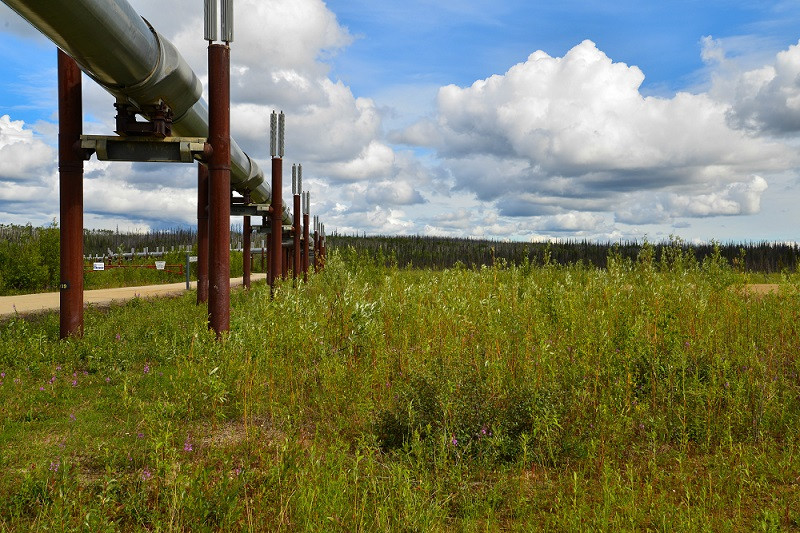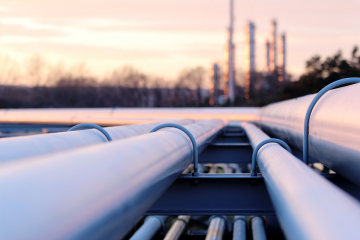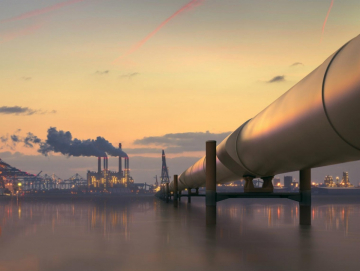The U.S. Department of Transportation’s Pipeline and Hazardous Materials Safety Administration (PHMSA) final rule went into effect on May 16, 2022, through amendments to 49 C.F.R. Parts 191 and 192. The rule is designed to close “regulatory gaps” through prevention, threat detection to pipeline integrity, improvement of public awareness with regards to pipeline safety, and an improvement of emergency response actions following pipeline incidents.
Learn more about why the final rule is being implemented here.
Are you affected and if so, are you ready?
Gas gathering lines transport natural gas from production facilities to a transmission line or distribution main lines. The rule, initiated over a decade ago, expands the definition of “regulated” gas gathering pipelines and is expected to affect 425,000 miles of gas gathering lines. Historically, certain onshore gathering lines known as Type A or Type B were subject to federal pipeline safety regulations however the final rule dramatically expands federal oversight of lines in rural locations, of smaller diameters, and at lesser operating pressures. The rule limits the use of the incidental gathering line exception to lines 10 miles or less, establishes two new categories of onshore gas gathering lines, subjects previously unregulated pipelines to annual and incident reporting requirements and, subjects tens of thousands of miles of pipelines to safety standards (some of which are shown below).
The final rule creates a new category of onshore gas gathering lines that are only subject to incident and annual reporting requirements (Type R) and a new category (Type C) of regulated onshore gas gathering lines in rural, Class 1 locations that are subject to 49 CFR Part 192 safety standards requirements. In addition, pipeline operators of Type C lines are subject to the same 49 CFR Part 191 reporting related requirements as Type A and Type B lines.
The final rule sets forth a series of new requirements and implementation compliance deadlines.
What’s required?
- End Point Identification (§ 49 CFR Part 192.8)
- Corrosion control measures (§ 49 CFR Part 192, Subpart I);
- Damage prevention measures (§ 49 CFR Part 192.614);
- Emergency plans (§ 49 CFR Part 192.615);
- Public awareness (§ 49 CFR Part 192.616);
- Line markers (§ 49 CFR Part 192.707);
- Leakage surveys (§ 49 CFR Part 192.706);
- Establishment of Maximum Allowable Operating Pressure (MAOP) (§ 49 CFR Part 192.619);
- Annual reporting (§ 49 CFR Part 191); and,
- Incident reports (§ 49 CFR Part 191).
And when?
- November 16, 2022
- End Point Identification
- May 16, 2023
- Damage prevention program
- Emergency plans
- Public awareness
- Leakage surveys
- Line markers
- MAOP Review
- Reporting
- Incidents: After May 16, 2022
- Annual: 2022 reports due March 2023
Operators who are unable to comply with all of the final rule requirements within the established timeline may request an alternative compliance deadline through submittal of a formal notification no less than 90 days prior to the compliance deadline. In response to PHMSA’s issuance of the final rule, pipeline operators are recommended to review their operational processes and procedures for gas gathering line assets to ensure compliance within the established timelines.
The Antea Group Team has experienced industry experts that can help pipeline operators navigate the complex nuances of the gas gathering rule and are experienced in developing, implementing, and maintaining the various policies and programs which make up the framework of the rule.
Contact Us TodayWant more news and insights like this?
Sign up for our monthly e-newsletter, The New Leaf. Our goal is to keep you updated, educated, and even a bit entertained as it relates to all things EHS and sustainability.
Get e-NewsletterHave any questions?
Contact us to discuss your environment, health, safety, and sustainability needs today.





